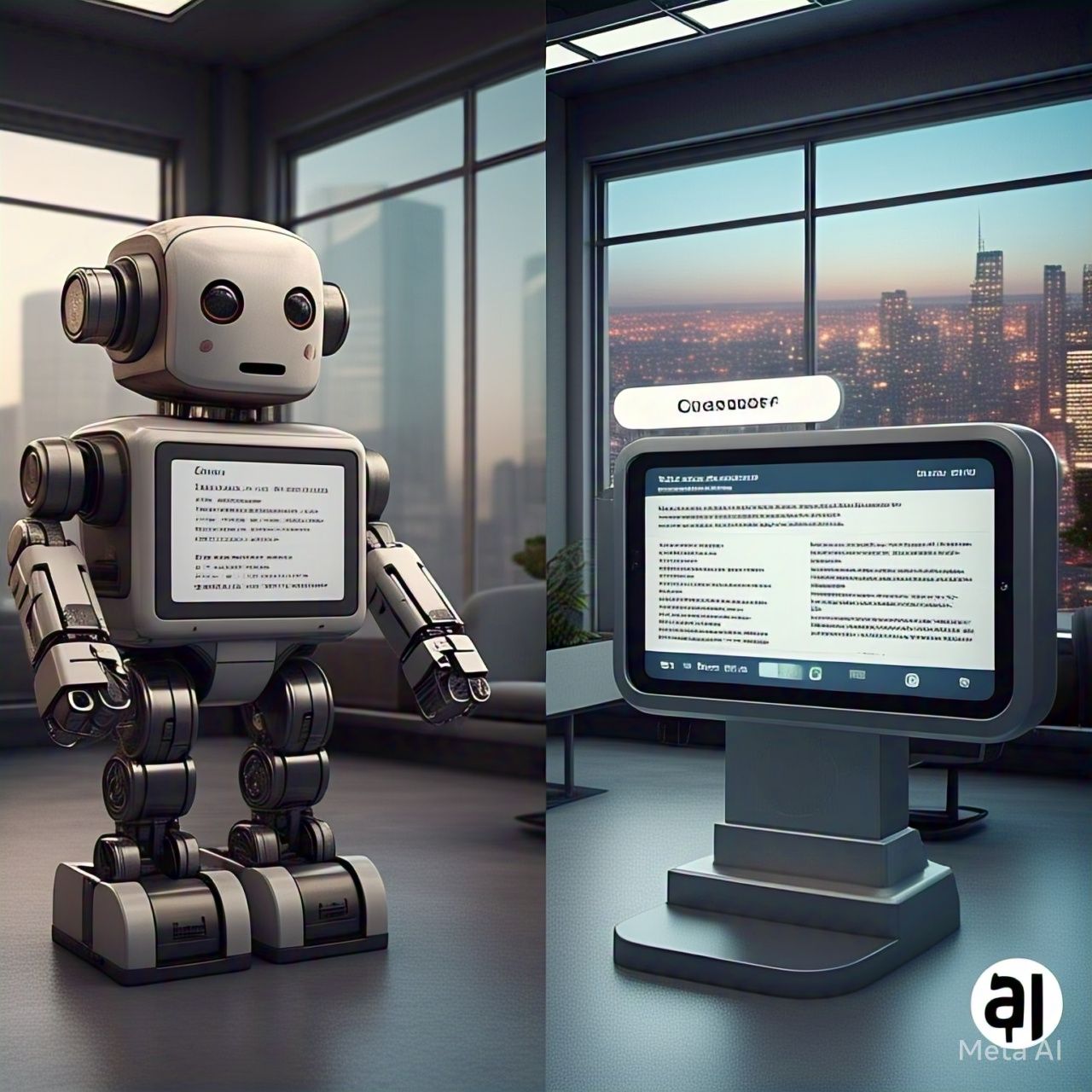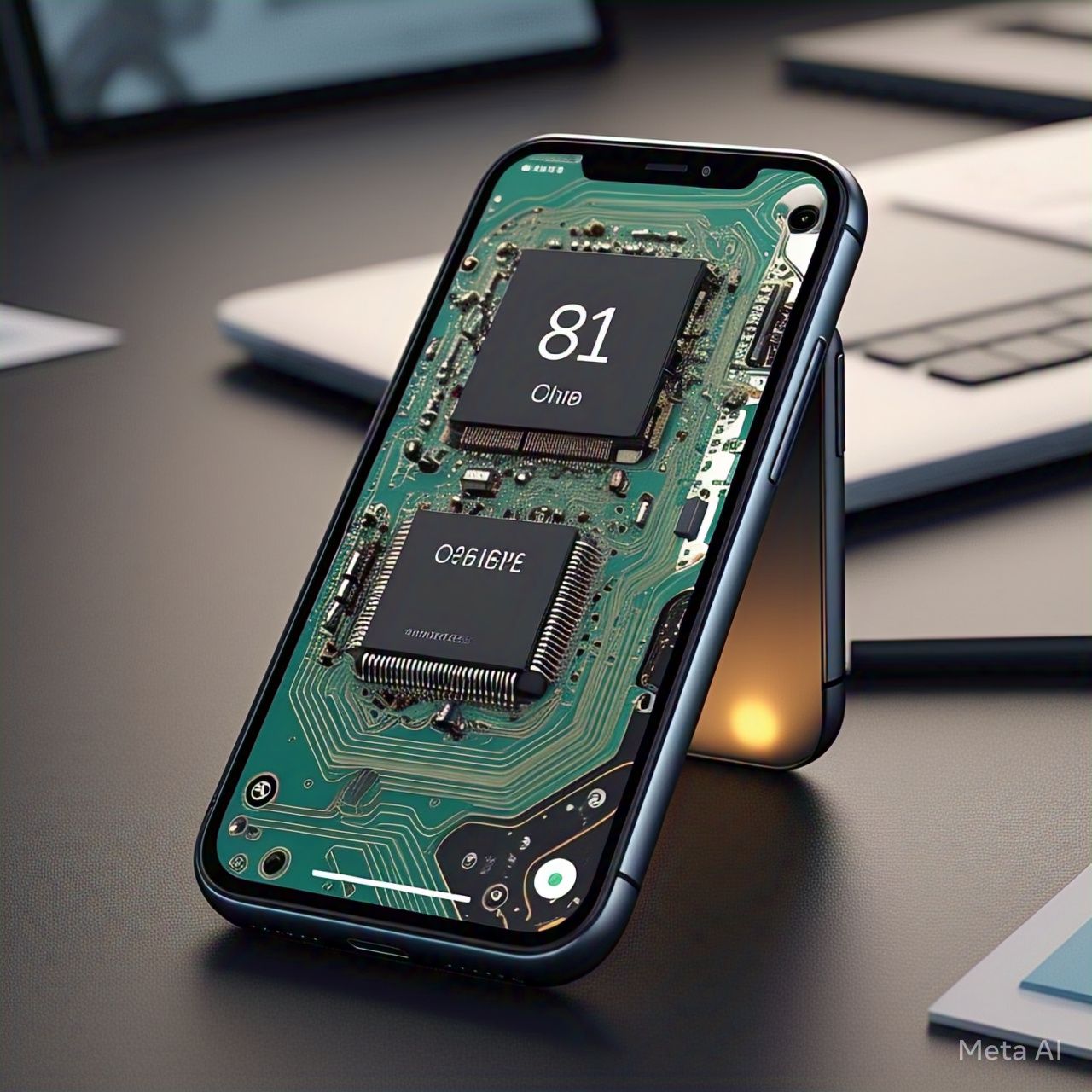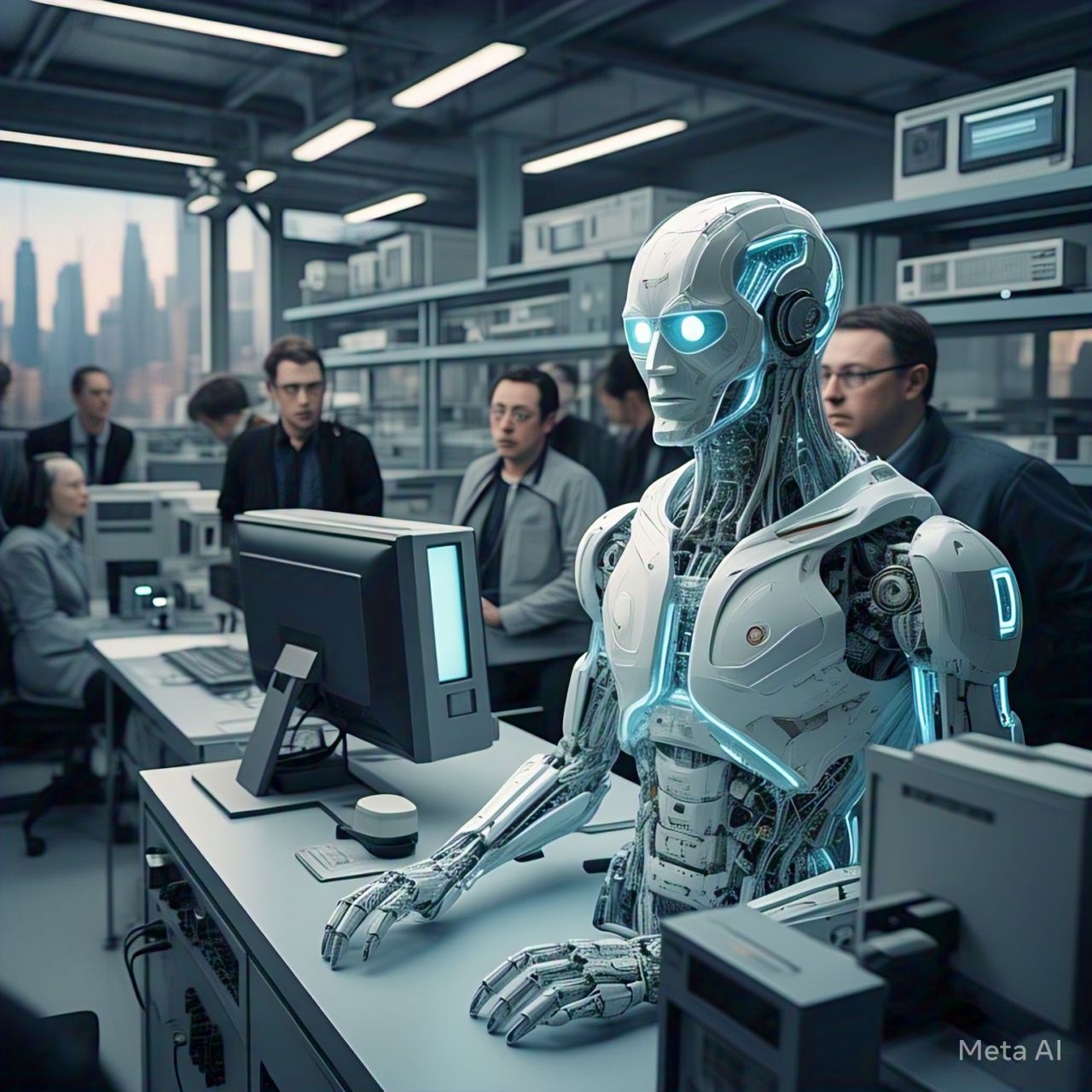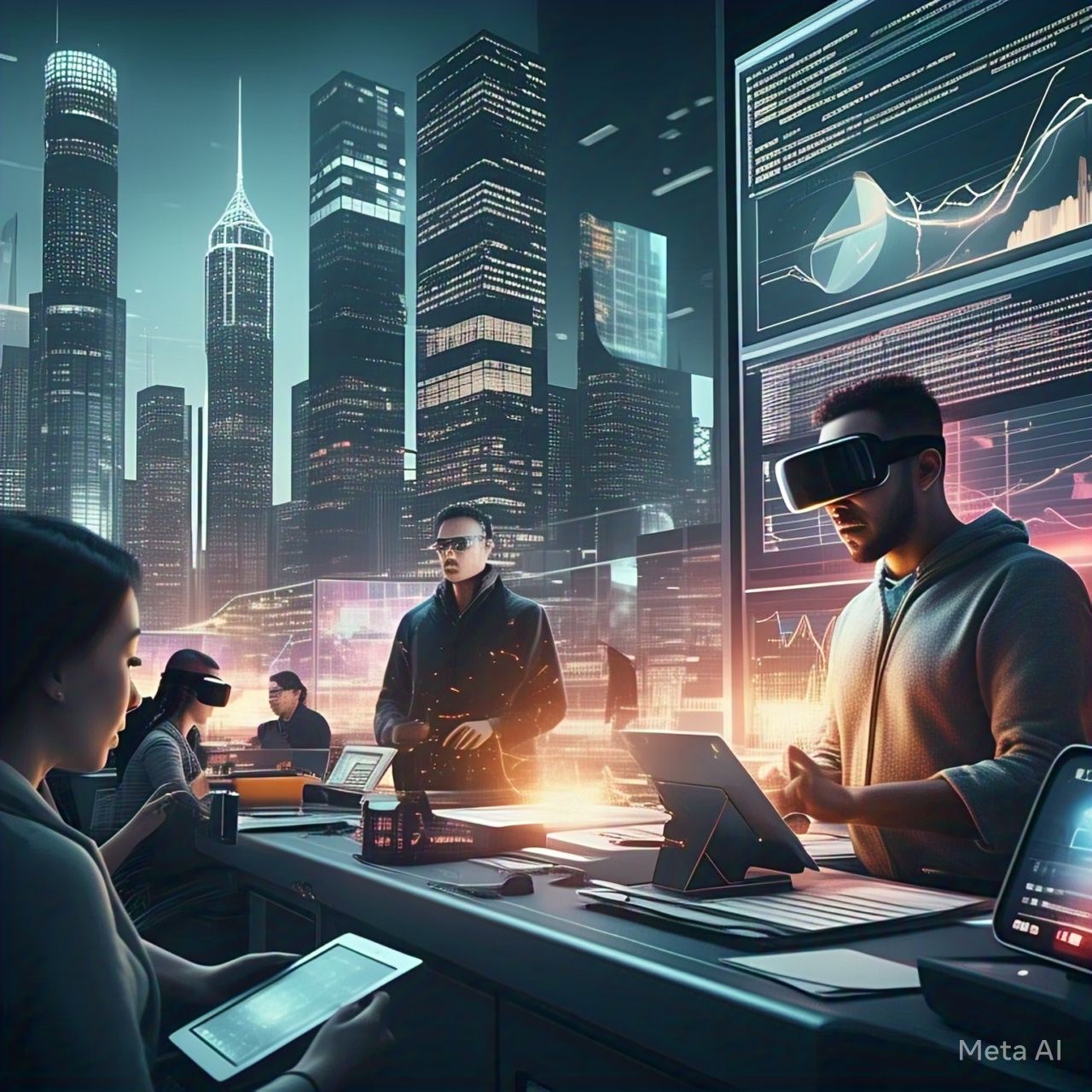Introduction
Chatbots have become an essential tool in customer support, automation, and digital engagement. However, not all chatbots are created equal. Rule-based chatbots and AI-powered chatbots serve different purposes, with distinct advantages and limitations. Understanding their differences can help businesses choose the best chatbot solution for their needs.
What Are Rule-Based Chatbots?
1. How Rule-Based Chatbots Work
Rule-based chatbots operate using predefined scripts and decision trees. They follow a structured flow, responding to user inputs based on set rules and keywords.
2. Advantages of Rule-Based Chatbots
- Predictable Responses: Since they rely on prewritten scripts, businesses have full control over chatbot replies.
- Easy Implementation: Requires minimal technical knowledge to set up.
- Cost-Effective: More affordable than AI-powered alternatives.
- Great for FAQs: Best suited for handling simple and repetitive queries.
3. Limitations of Rule-Based Chatbots
- Limited Understanding: Struggles with variations in user input.
- Rigid Responses: Cannot adapt or improve over time.
- Lacks Context Awareness: Unable to maintain context in multi-turn conversations.
What Are AI-Powered Chatbots?
1. How AI-Powered Chatbots Work
AI-powered chatbots leverage machine learning (ML), natural language processing (NLP), and deep learning to understand and respond to user queries dynamically. They continuously learn from interactions, improving over time.
2. Advantages of AI-Powered Chatbots
- Conversational and Adaptive: Can understand context, intent, and user preferences.
- Scalability: Handles a large volume of queries efficiently.
- Personalization: Provides tailored responses based on previous interactions.
- Supports Multi-Turn Conversations: Can maintain dialogue flow and memory.
3. Limitations of AI-Powered Chatbots
- Higher Cost: Requires more resources to develop and maintain.
- Implementation Complexity: Needs advanced AI training and data processing.
- Potential for Errors: May produce inaccurate responses if not properly trained.
Key Differences Between Rule-Based and AI-Powered Chatbots
| Feature | Rule-Based Chatbots | AI-Powered Chatbots |
|---|---|---|
| Technology | Predefined rules & scripts | Machine learning & NLP |
| Understanding | Limited keyword matching | Context-aware responses |
| Flexibility | Fixed and rigid | Dynamic and adaptive |
| Learning Ability | Cannot learn | Continuously improves |
| Use Cases | FAQs, basic automation | Customer service, sales, virtual assistants |
| Cost | Lower | Higher |
| Implementation | Easy setup | Requires AI expertise |
Choosing the Right Chatbot for Your Business
1. When to Use a Rule-Based Chatbot
- If your business requires a simple FAQ assistant.
- If you need a cost-effective solution with minimal maintenance.
- If you handle structured and repetitive customer inquiries.
2. When to Use an AI-Powered Chatbot
- If your business deals with complex queries that require contextual understanding.
- If you aim to provide personalized and scalable customer interactions.
- If you want a chatbot that continuously learns and adapts to user needs.
Conclusion
Both rule-based and AI-powered chatbots have their place in the digital landscape. Rule-based chatbots are ideal for straightforward, structured interactions, while AI-powered chatbots offer flexibility, scalability, and a human-like experience. Choosing the right chatbot depends on business goals, budget, and the complexity of user interactions. As AI technology continues to evolve, chatbots will become even more intelligent and efficient in delivering seamless customer experiences.




